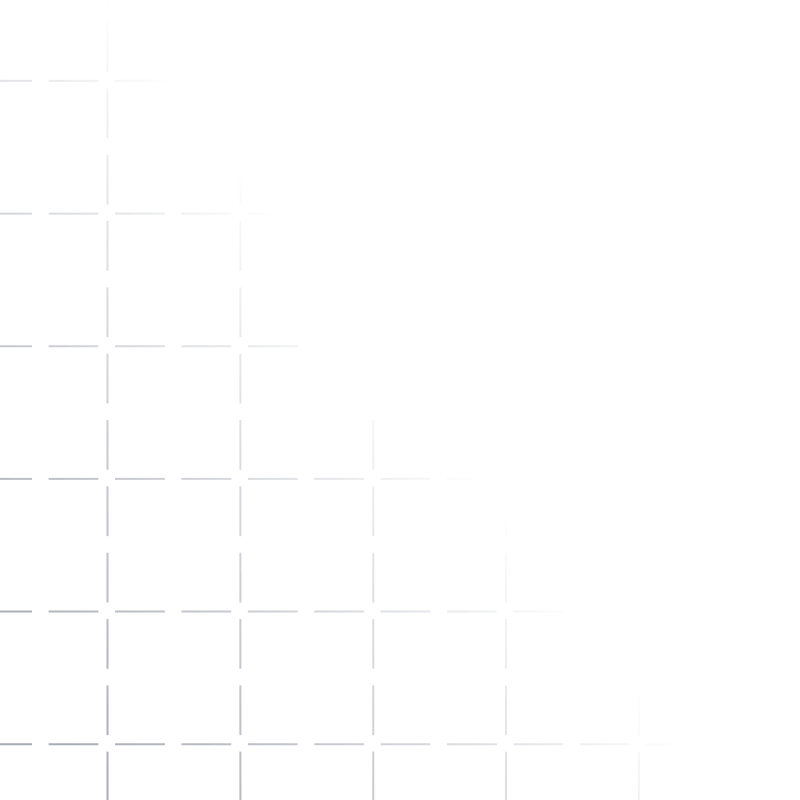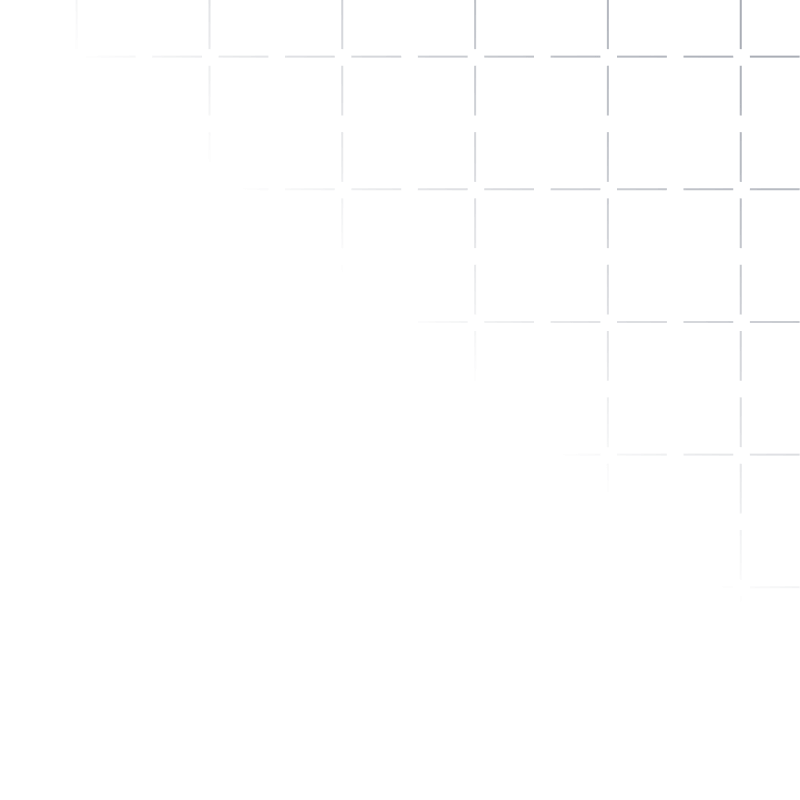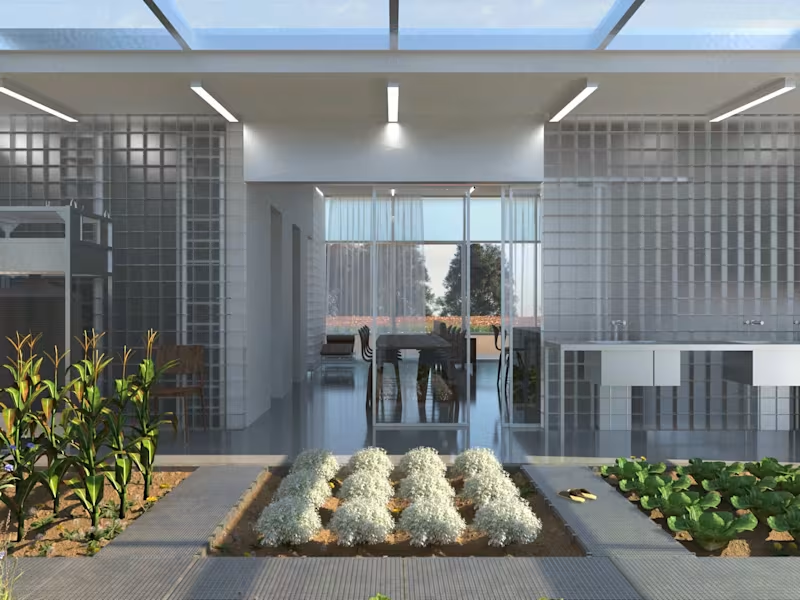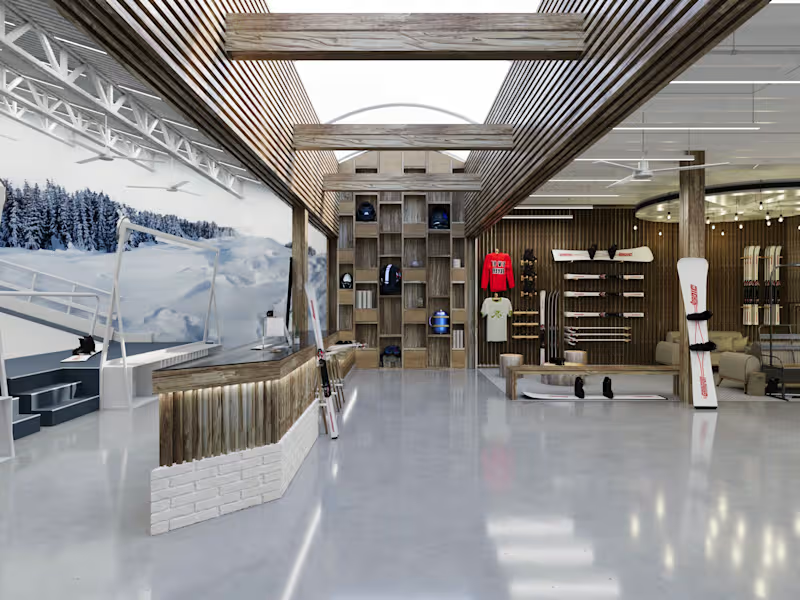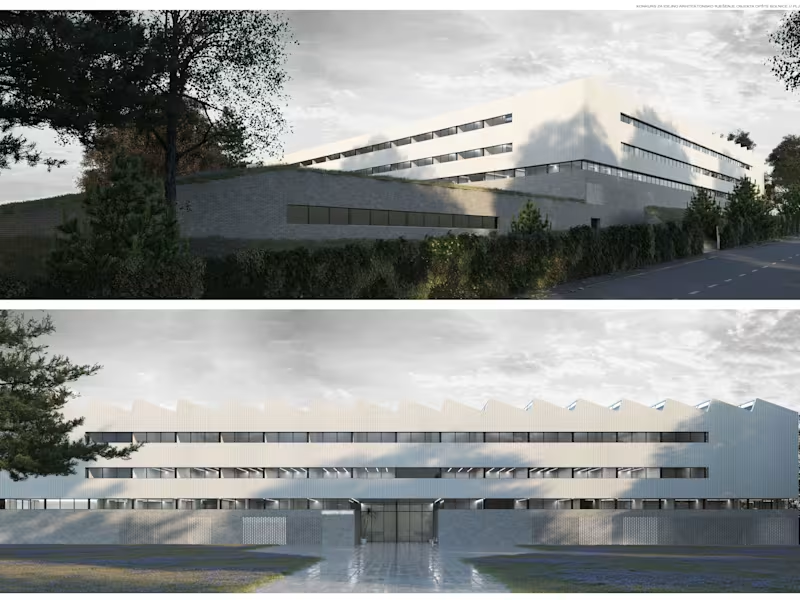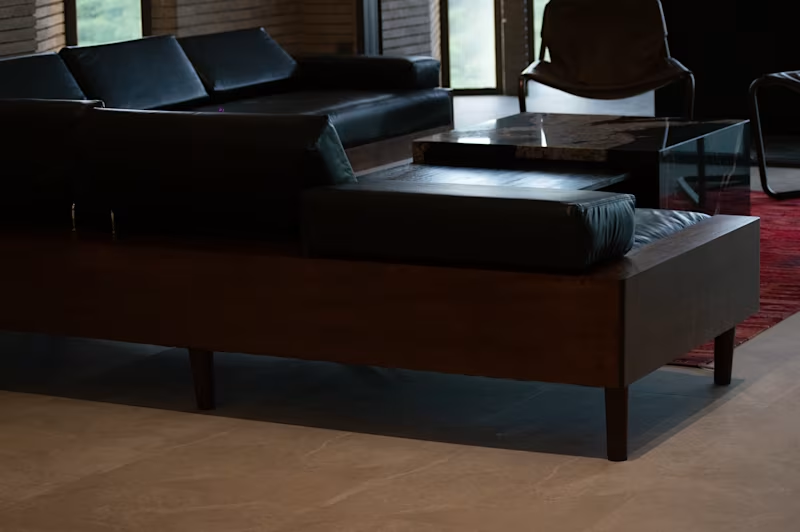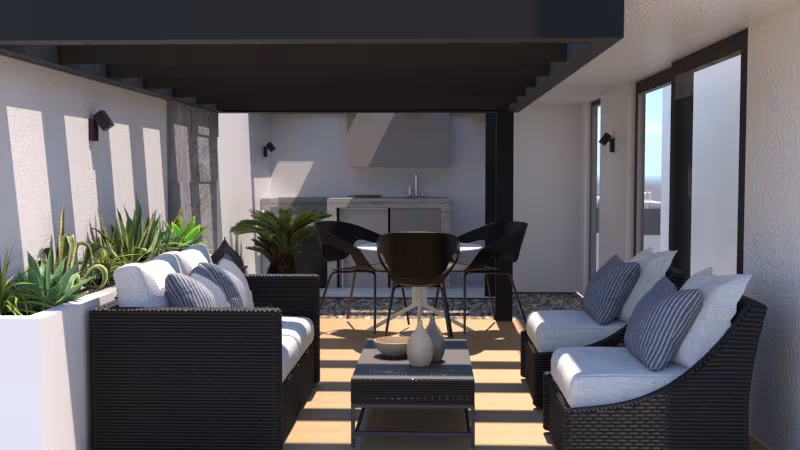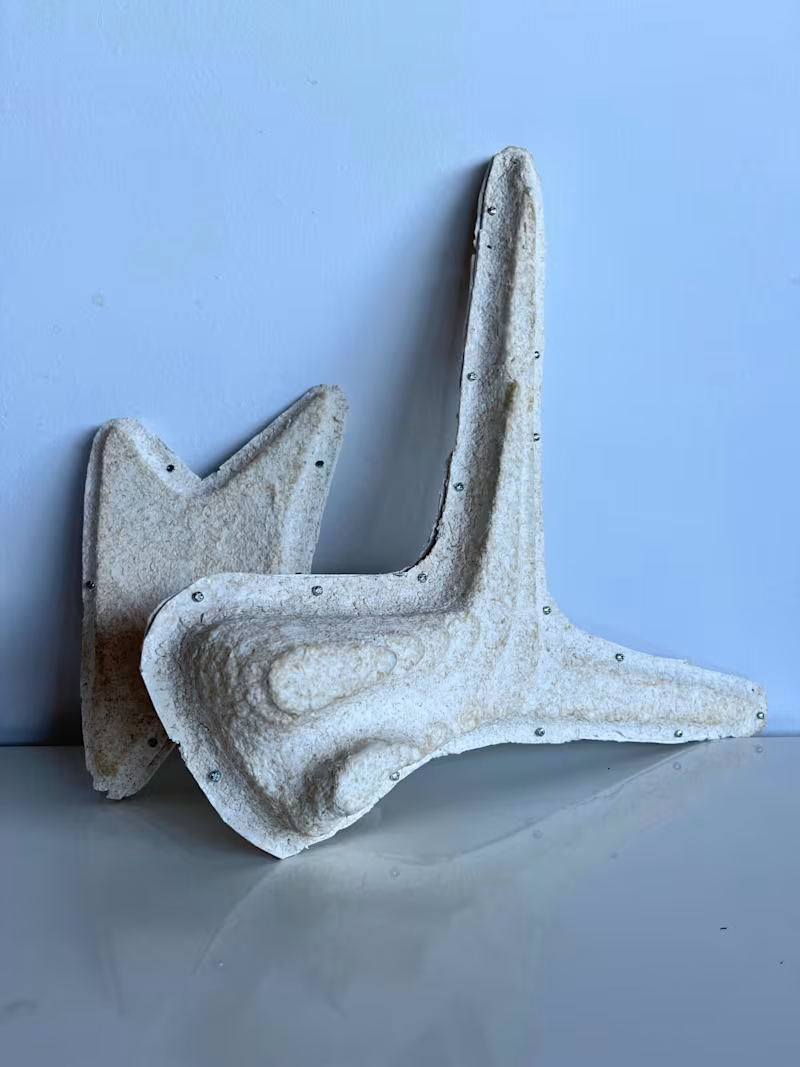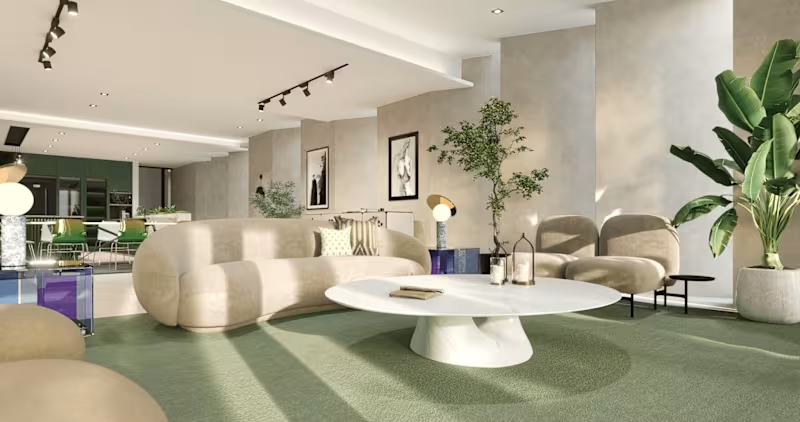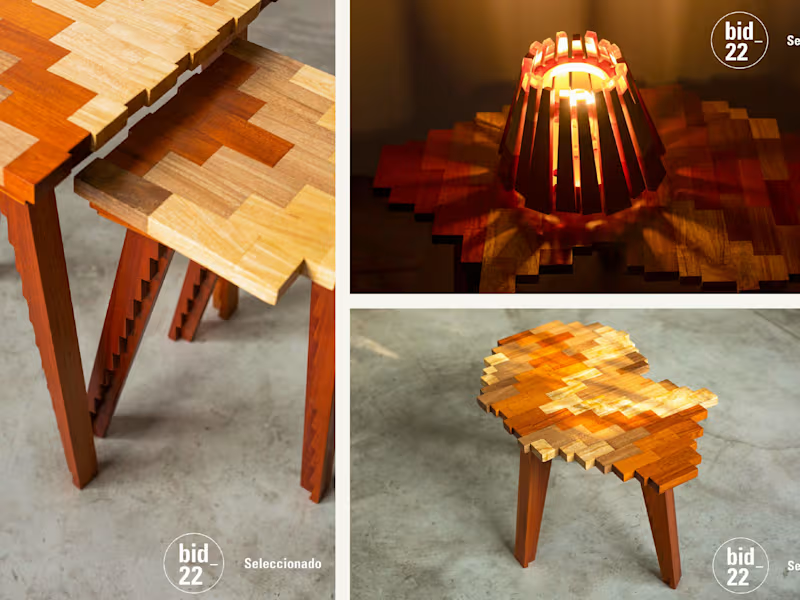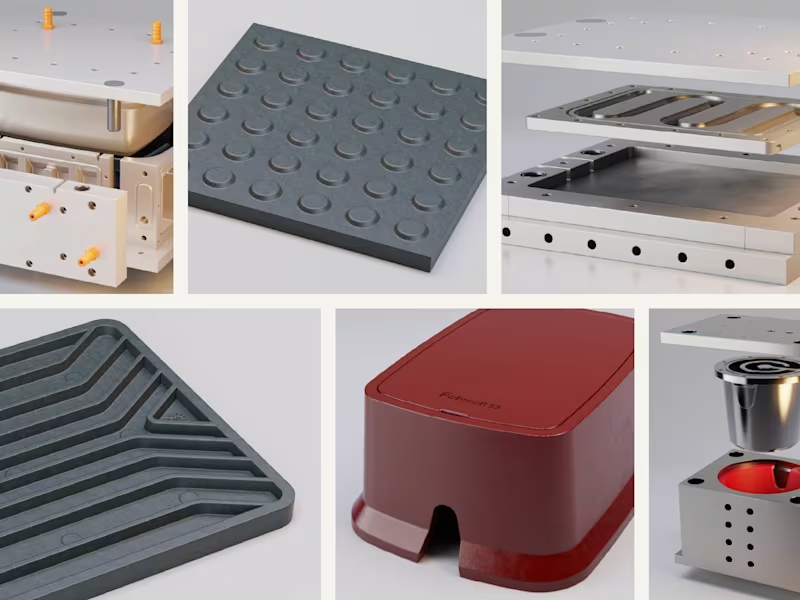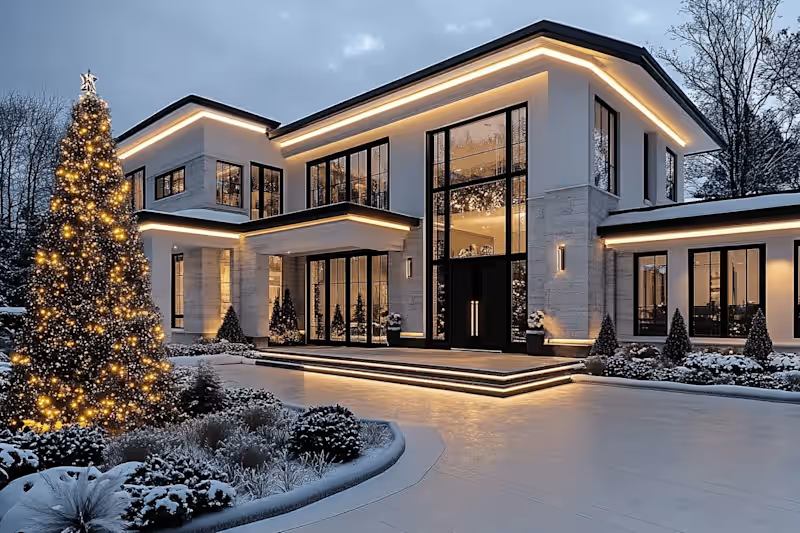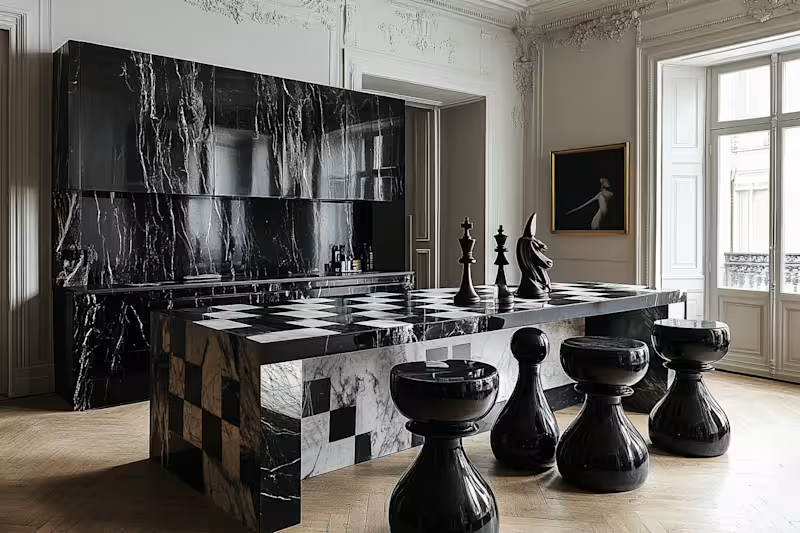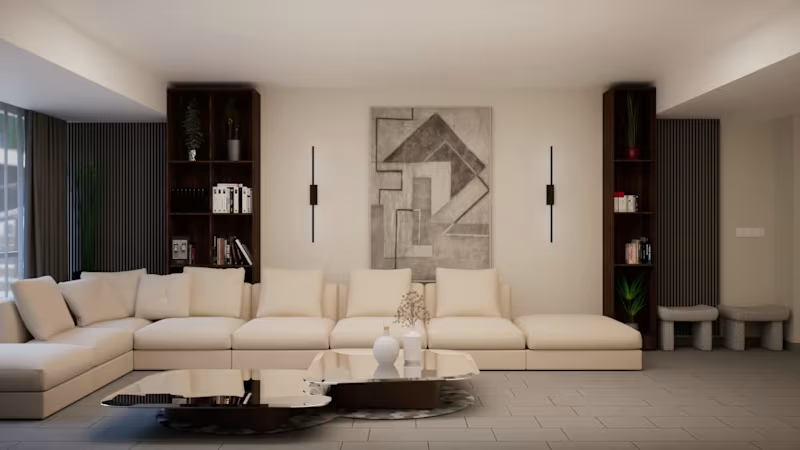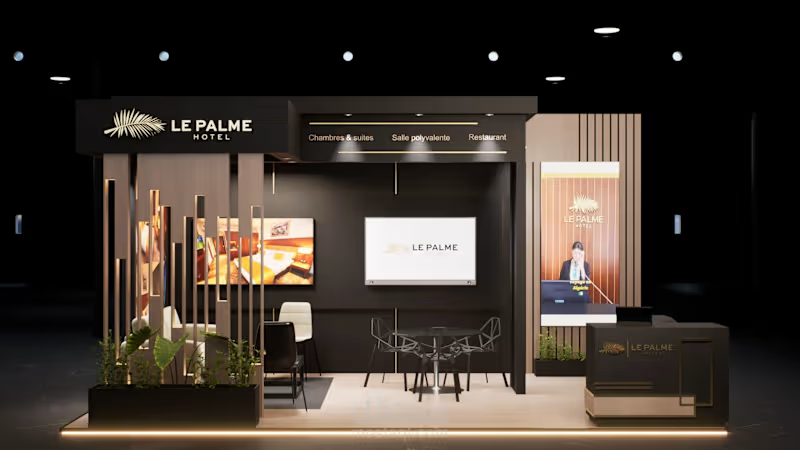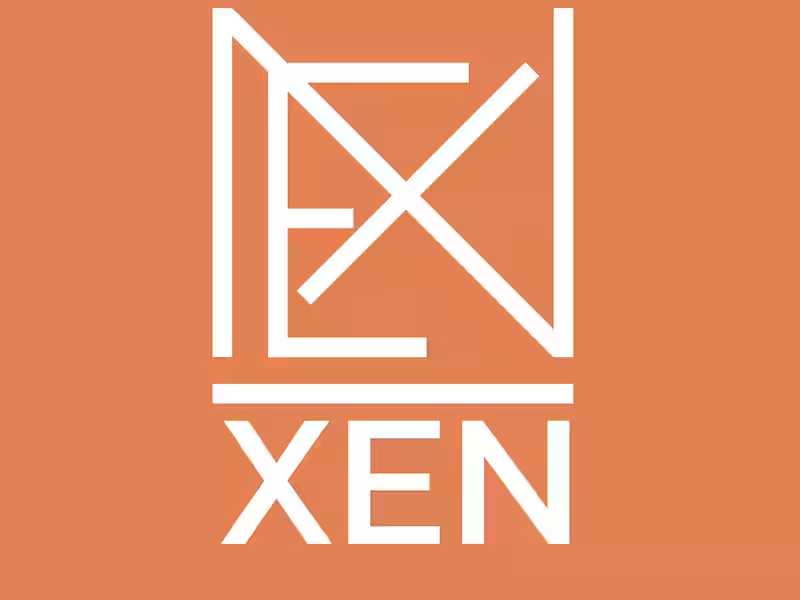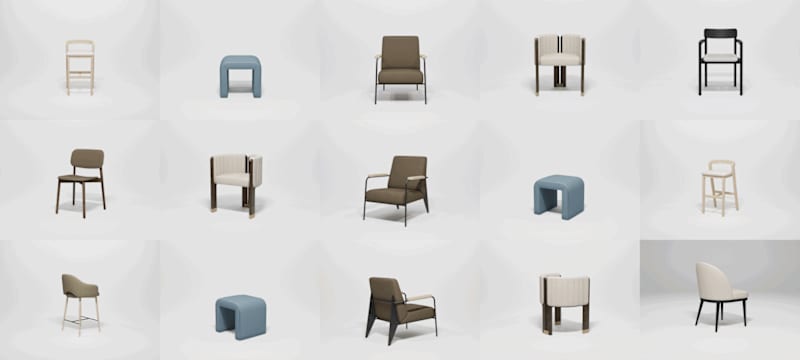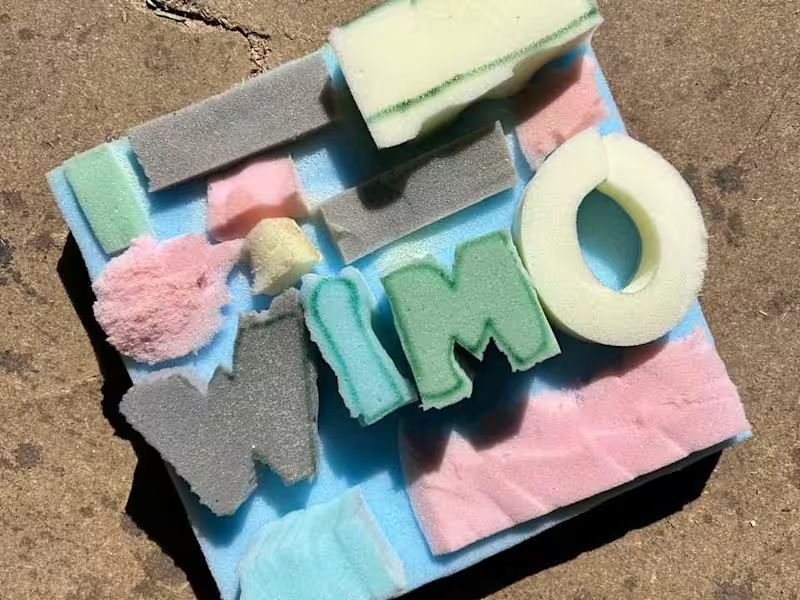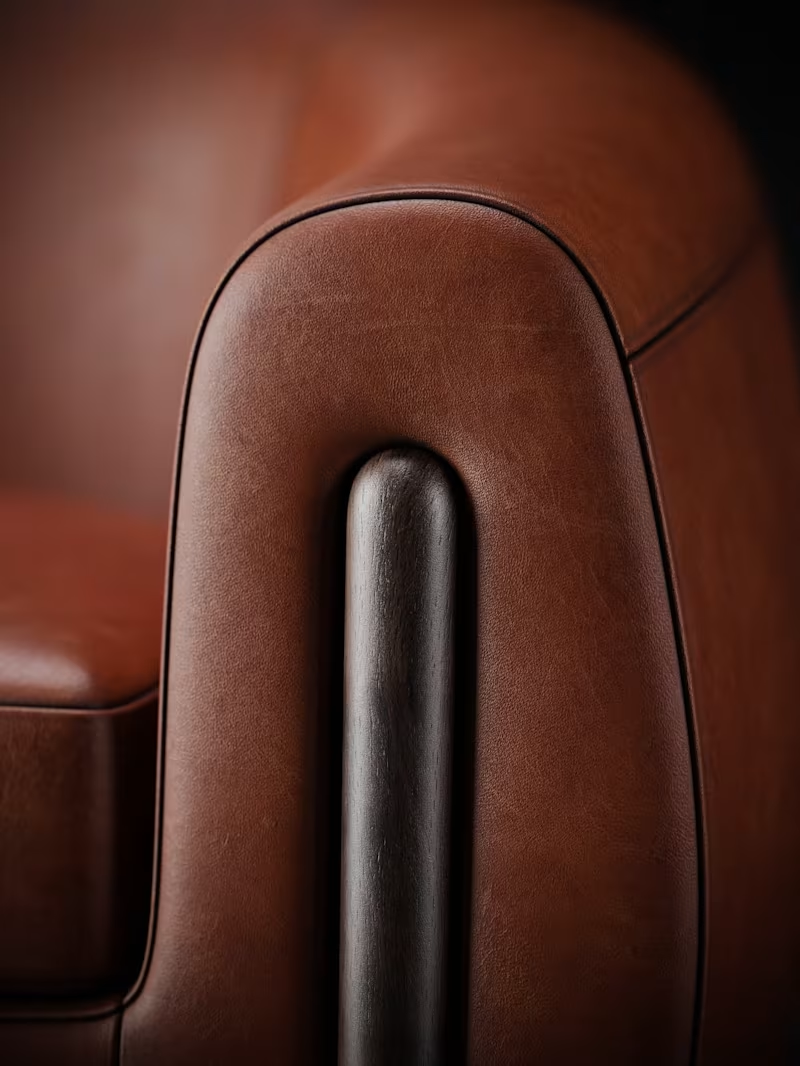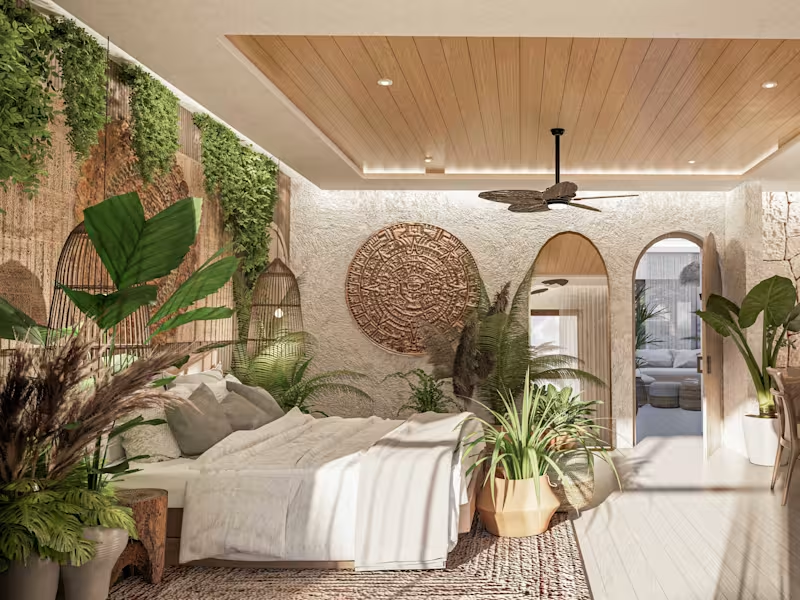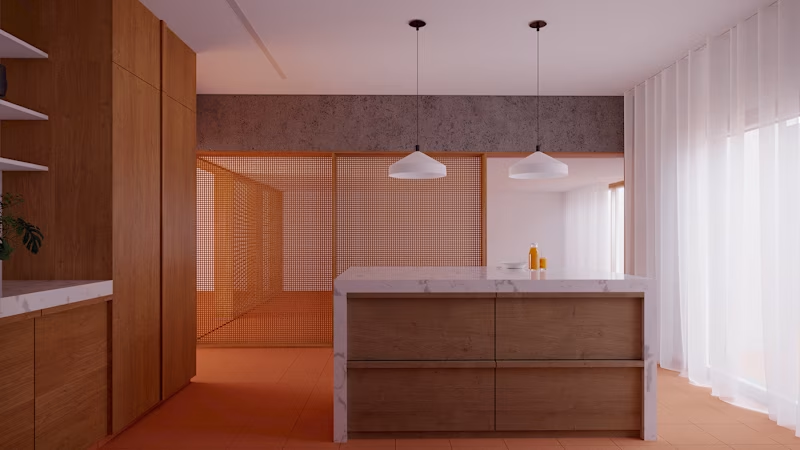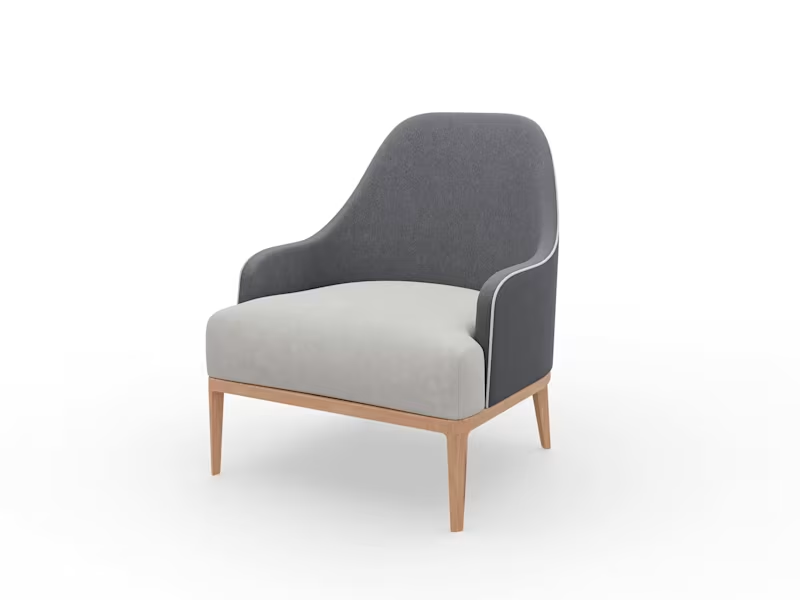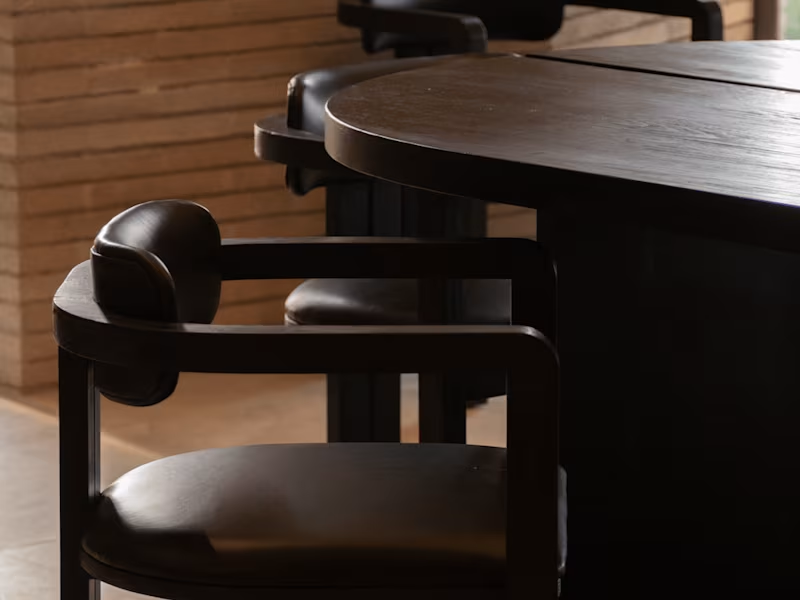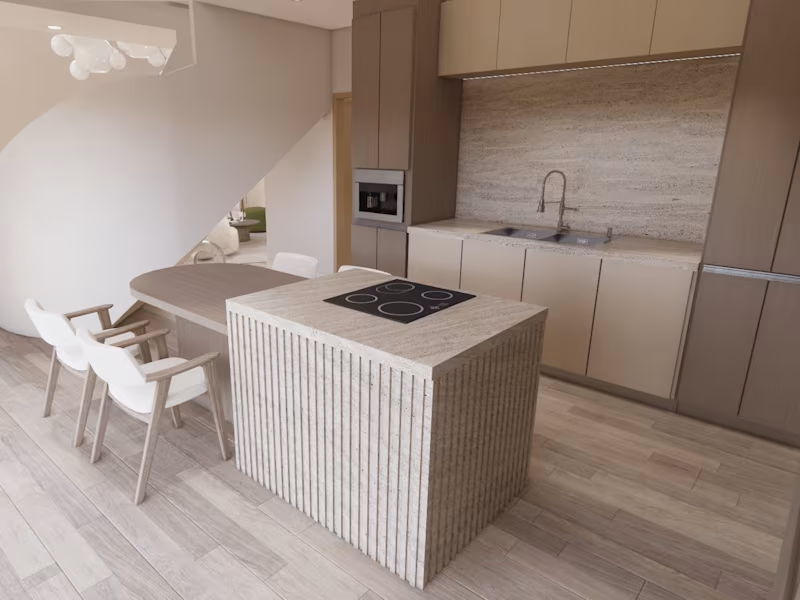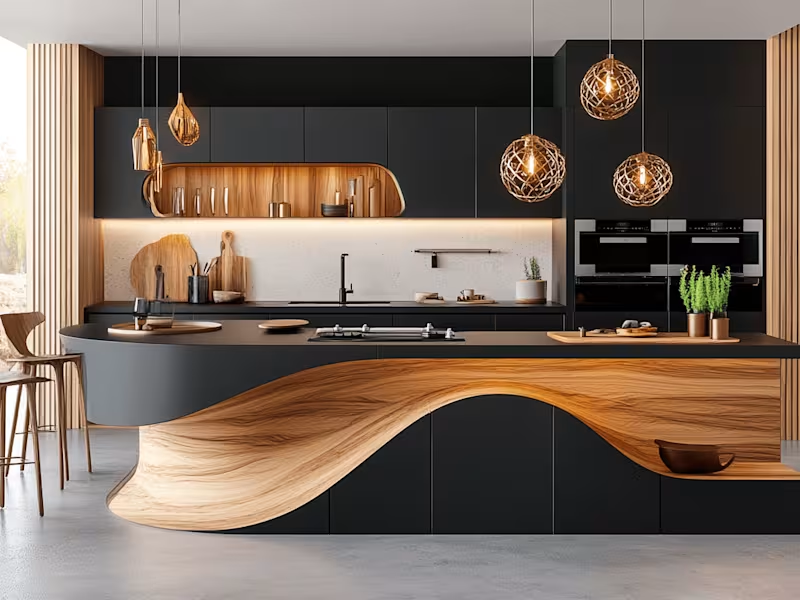What are the design styles the furniture designer is known for?
Make sure you know the furniture designer's style. Do they make modern or classic pieces? Their style should match what you want for your project.
How can project timelines be managed effectively?
Create a clear timeline with your designer. Decide when each part of the project will be done. This helps both parties stay on track and avoid delays.
What communication tools will be used throughout the project?
Decide on how you and the designer will talk. Will you use email, video calls, or something else? Good communication keeps everyone informed and the project running smoothly.
What should be included in the initial design brief?
Write down everything about what you want. Include materials, colors, and any special features. This gives the designer a good starting point for your furniture.
How can I evaluate the designer's past work?
Look at the designer's portfolio to see their past work. Check for designs similar to what you want. This can help you judge their skills and quality.
What are the steps for confirming the project's deliverables?
Talk about what the final product should be. List all the items or designs that will be delivered. Make sure you both agree on what's expected.
How is feedback managed during the design process?
Decide how you will give feedback on work. Set up regular check-ins to talk about progress. This way, changes can be made early before the project moves too far.
What should be done to align on quality standards?
Discuss the quality level you expect for your furniture. Provide examples or standards the designer should follow. This ensures the final product meets your expectations.
How will changes be handled if the project's scope evolves?
Talk about how changes will be managed if the project changes. Decide if more time or resources are needed for new ideas. This helps keep the project fair for both sides.
What is the process for reviewing and finalizing designs?
Plan out how you will review the designer’s drafts. Set aside time for final checks before production starts. This makes sure everything is perfect before reaching the end.
Who is Contra for?
Contra is designed for both freelancers (referred to as "independents") and clients. Freelancers can showcase their work, connect with clients, and manage projects commission-free. Clients can discover and hire top freelance talent for their projects.
What is the vision of Contra?
Contra aims to revolutionize the world of work by providing an all-in-one platform that empowers freelancers and clients to connect and collaborate seamlessly, eliminating traditional barriers and commission fees.
- $1k+
- Earned
- 3x
- Hired
- 5.0
- Rating
- 25
- Followers
- 2x
- Hired
- 5.0
- Rating
- 3
- Followers
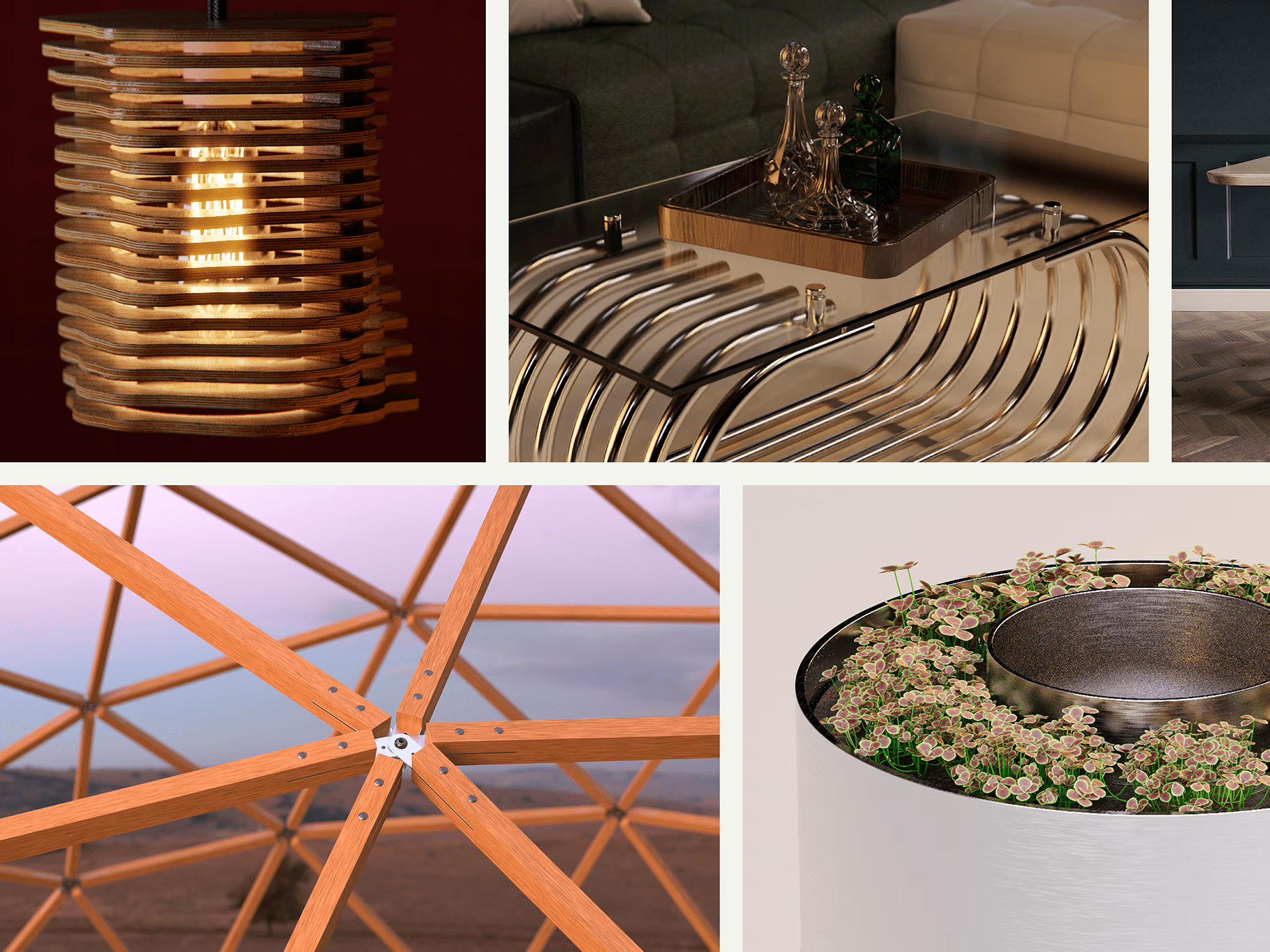
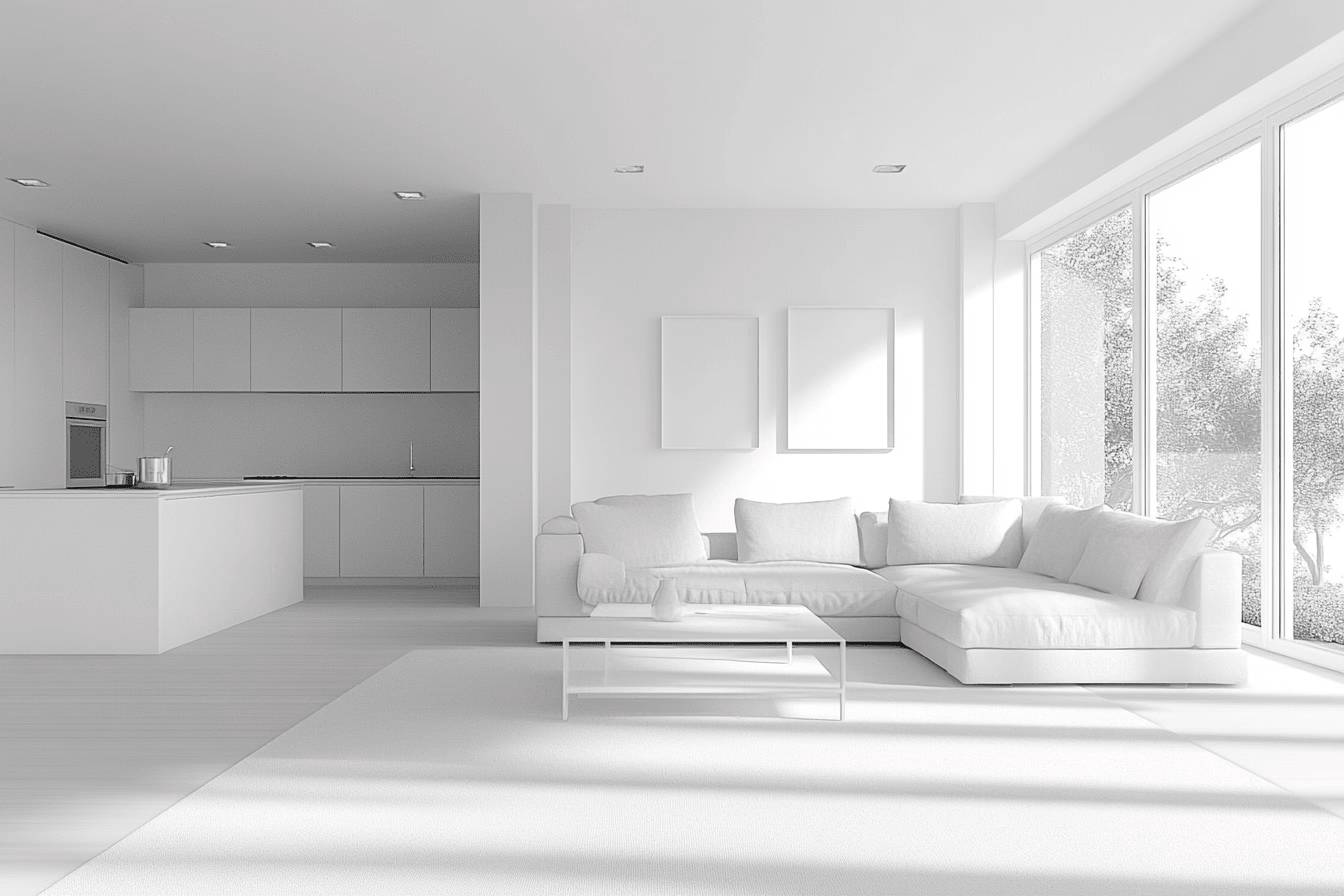
- $1k+
- Earned
- 2x
- Hired
- 5.0
- Rating
- 9
- Followers
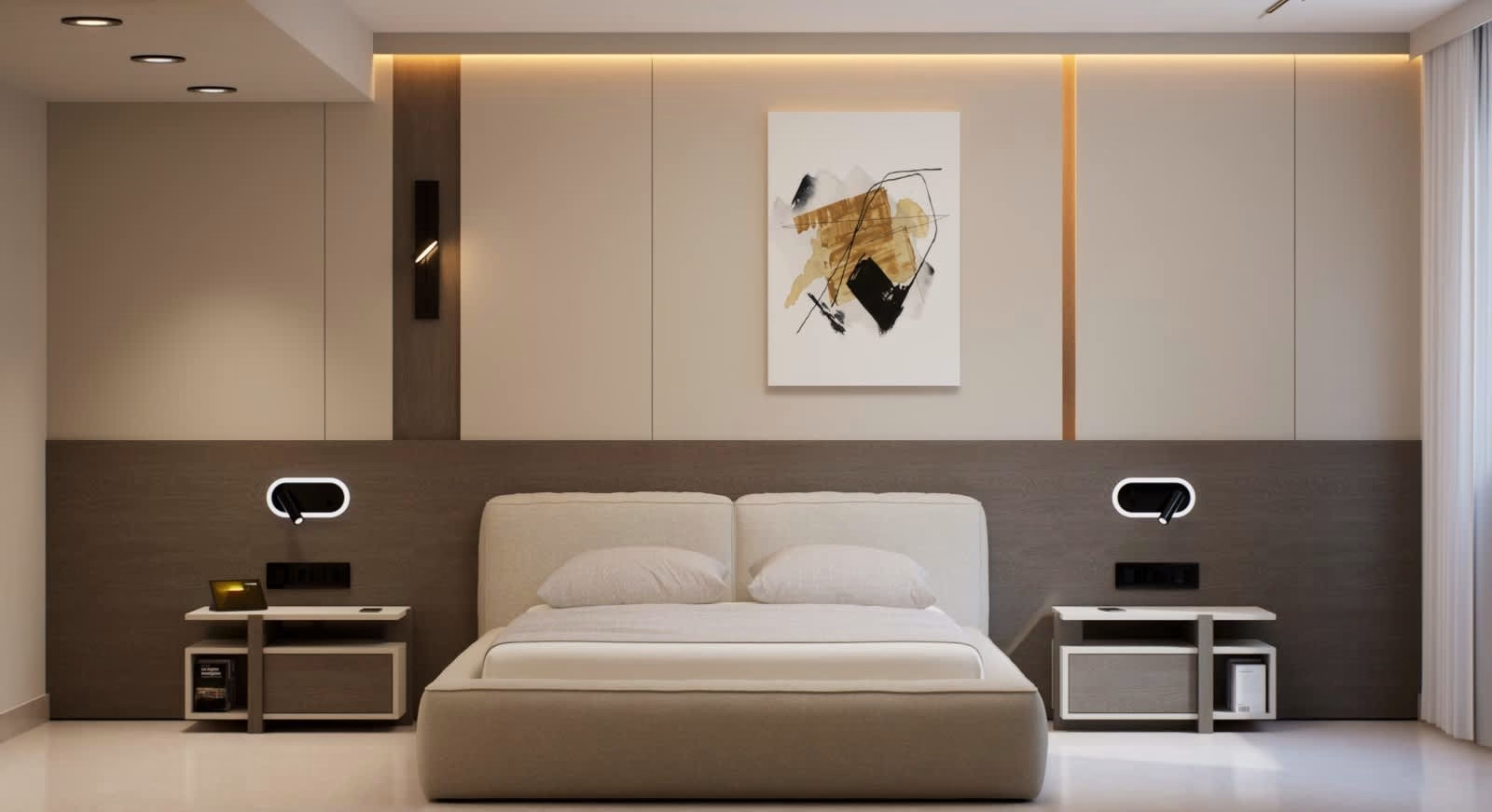
Explore projects by Furniture Designers on Contra
Top services from Furniture Designers on Contra

Blender
Interaction Designer
Furniture Designer
+2
Furniture Design
$50/hr

AutoCAD
Architect & Interior Designer
Furniture Designer
+4
I will create realistic architecture interior 3d render images
Contact for pricing

Midjourney
Interior Designer
Furniture Designer
+1
AI Interior Design Concepts for a Perfect Home
$320
